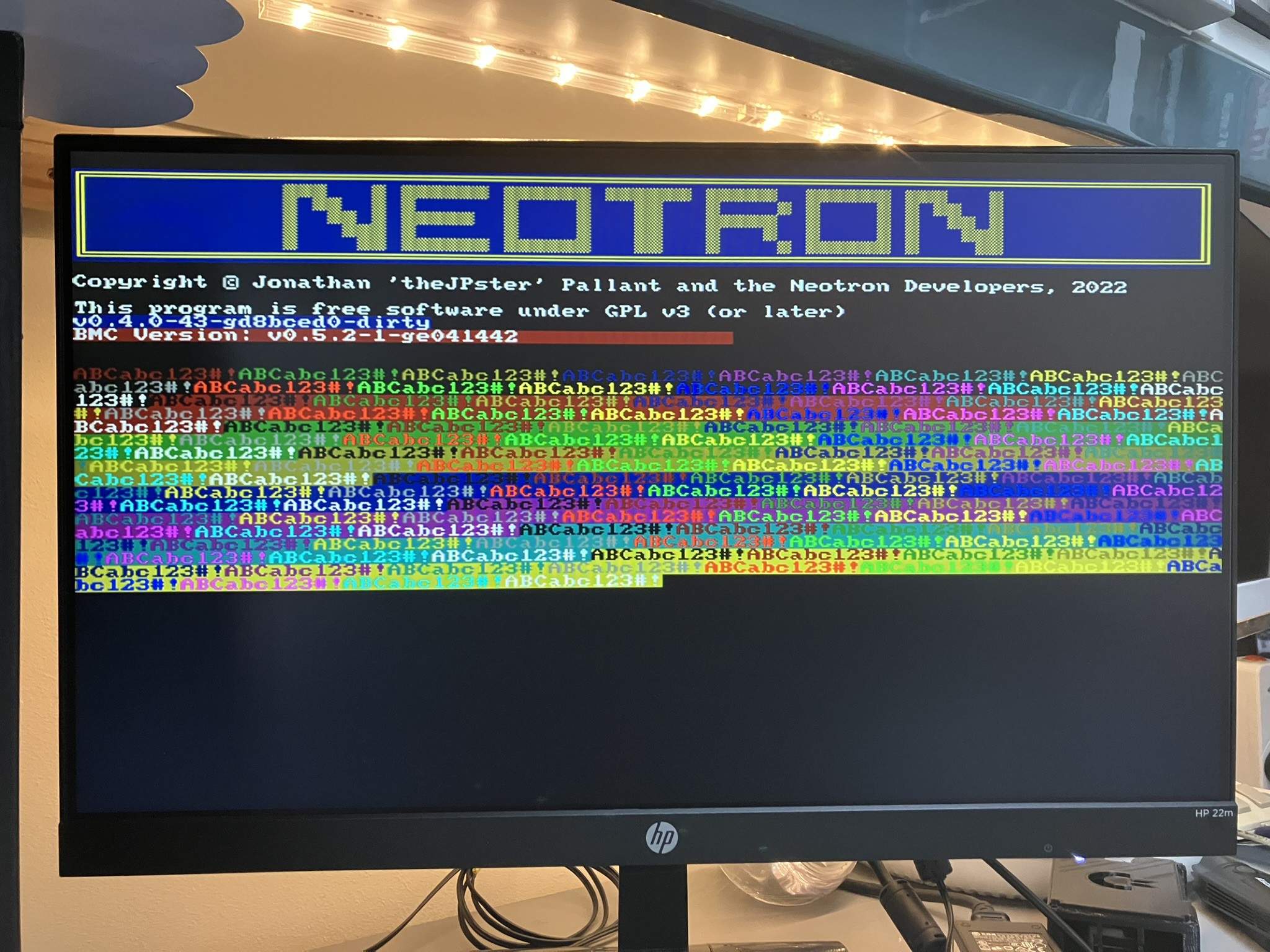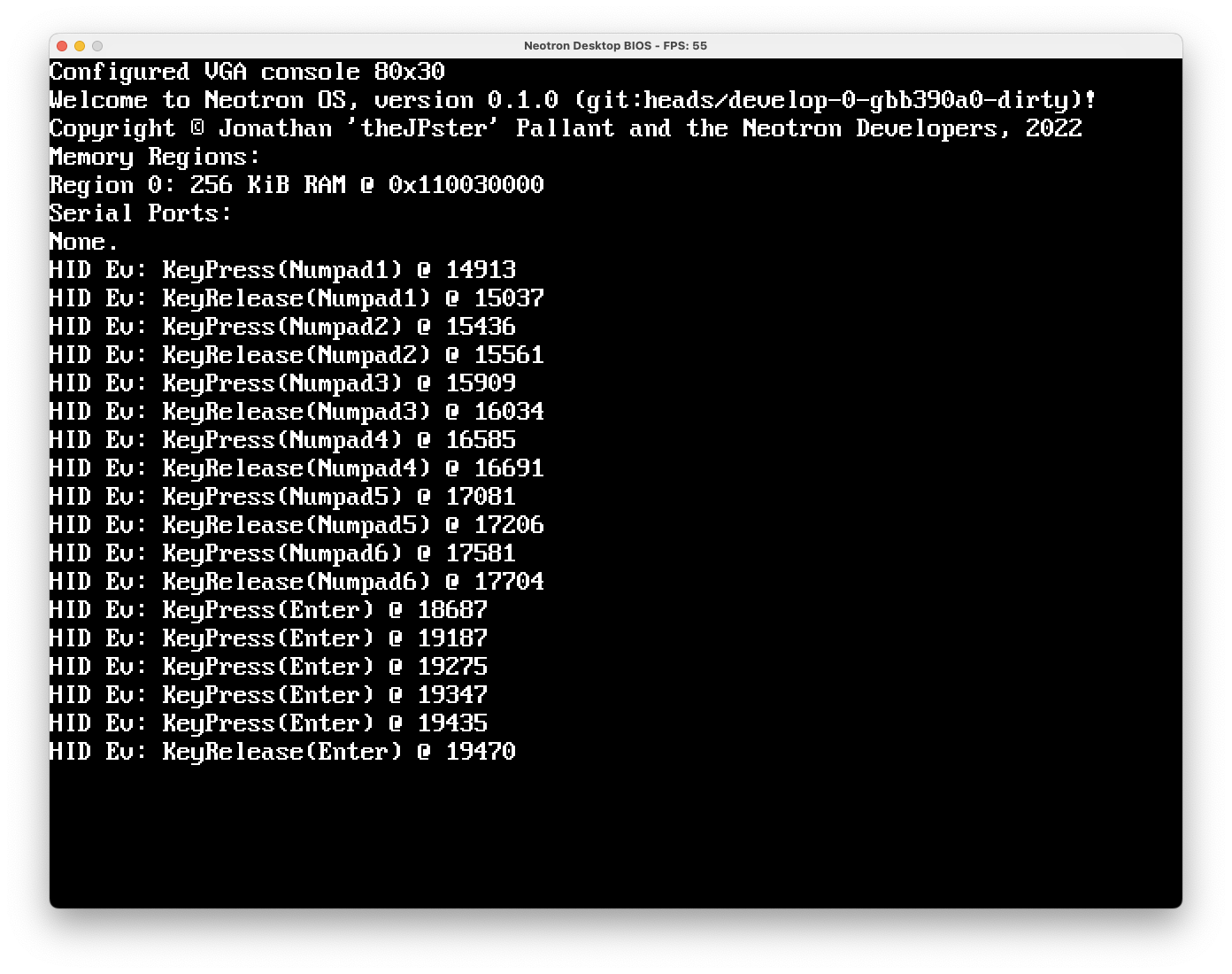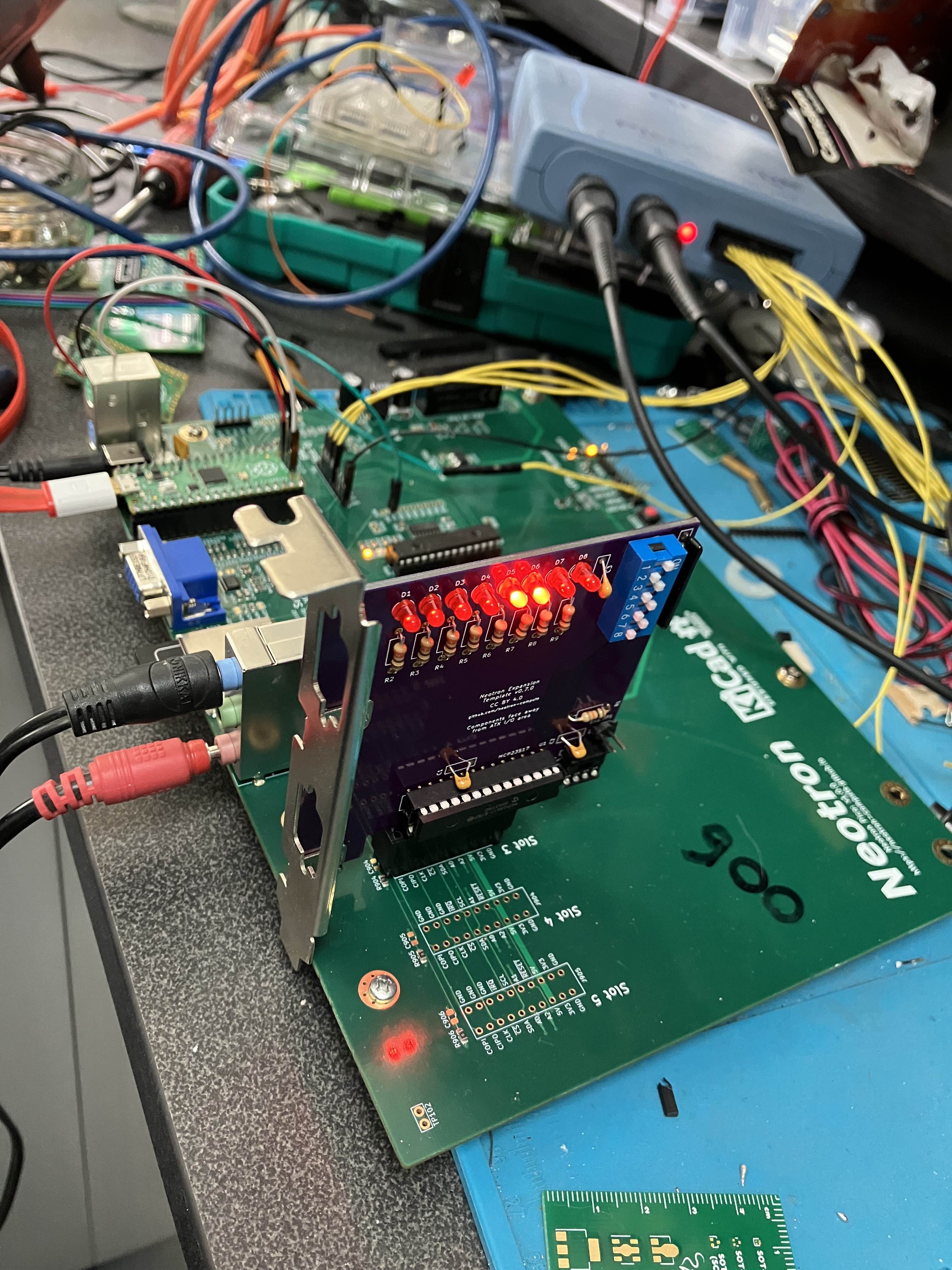Why GitHub Actions?
Have you ever seen an open source project, but they've put all the built files (PDFs, Gerbers, Firmware HEX files, etc) in the repo with the source code. Pretty common right? But all yourself, how did they make those files? And how can you be sure which version they were made from, and that they are consistent?
This project uses GitHub Actions. There are no Gerbers in the tree - they are built on demand when the repository is tagged. And they means you can see the scripts used to build them - you literally, and by definition, have all the tools and files you need to do what GitHub does. The same goes for schematic PDFs and interactive BoM files. There can be no confusion about which version is which - it's all in the git logs, clearly tagged with each unique version number.
It's not just Open Hardware. It's Reproducible Hardware.
What's with all the comments in the schematic?
As far as possible, I've tried to get the schematics to record not just *what* something is or does, but *why*. This is not just a write-once-read-never dump of some idea I once had. I'm trying to build a learning resource for anyone who wants to know more about electronics, and what you need to make your own ATX compatible main board.
If you think you can improve on what I've done in any way, to make something clearer or to make it more functional, do send a PR!
What is Neotron OS?
Neotron OS is a simple Rust-language operating system, inspired by CP/M and early MS-DOS. It's single-tasking, with a flat memory space. Basically, it's just enough OS to get your application loaded from SD Card into RAM. Once there, you can do what you like!
 Jonathan 'theJPster' Pallant
Jonathan 'theJPster' Pallant



A very nice concept! A quad-spi psram would be a great expansion for this, like on the Esp32 modules. Have not had time to make/find any pio interface software yet.